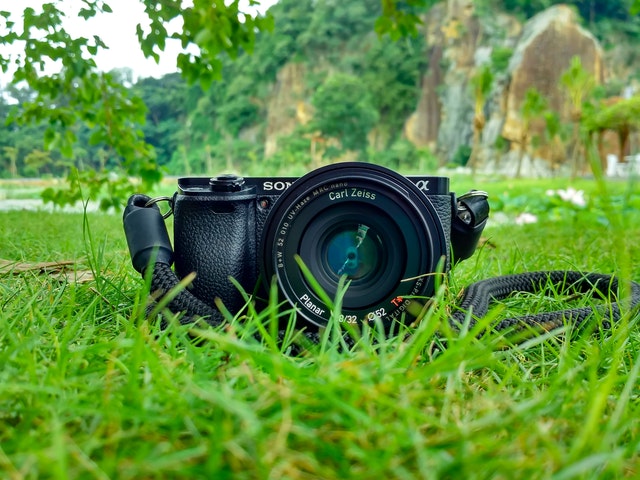In this era of digital connectivity, Application Programming Interfaces (APIs) have become an integral part of software development. They allow different applications to communicate and exchange data effortlessly. However, navigating the world of APIs can be challenging, as even the smallest mistakes can lead to big blunders. You also have API Security that needs consideration. In this article, we will explore some common blunders to avoid when dealing with APIs, ensuring a smooth integration process and optimal functionality.
Neglecting Thorough Research
 One of the biggest blunders when dealing with APIs is neglecting thorough research. Before integrating an API into your application, it is vital to understand its functionality, limitations, and pricing structure thoroughly. Ignoring research may lead to wasted resources and potential conflicts with your application’s requirements.
One of the biggest blunders when dealing with APIs is neglecting thorough research. Before integrating an API into your application, it is vital to understand its functionality, limitations, and pricing structure thoroughly. Ignoring research may lead to wasted resources and potential conflicts with your application’s requirements.
Take the time to explore documentation, read community forums, and engage with developer support to gain a comprehensive understanding of the API you intend to work with.
Ignoring Authentication and Security
Security should always be a top priority when working with APIs. Ignoring authentication and security measures can expose sensitive data and leave your application vulnerable to attacks. Authentication protocols such as OAuth, API keys, or token-based authentication should be implemented to ensure that only authorized users can access your API. Additionally, encrypting sensitive data and implementing proper data validation mechanisms is crucial to safeguarding your system from potential breaches.
Lack of Error Handling and Monitoring
Failures and errors are inevitable in software development, especially when dealing with third-party APIs. Neglecting proper error handling and monitoring can result in unpredictable behavior and negatively impact the user experience. Ensure your application gracefully handles errors by implementing efficient logging, robust error-handling mechanisms, and clear error messages for users in case of API failure. Regularly monitor API usage and performance to identify and rectify any issues promptly.
Failing to Plan for Scalability
Ignoring scalability considerations can be another significant blunder when working with APIs. As your application grows, the demands on the API will increase. Failing to plan for scalability can lead to performance degradation or even downtime. It is essential to choose APIs that are designed for scalability and have sufficient capacity to handle increased traffic. Regularly assess and optimize your API usage to ensure seamless performance as your user base expands.
![]()
Poor Documentation and Communication
Clear and comprehensive documentation is vital for smooth integration and efficient usage of an API. Inadequate documentation can result in confusion, delays, and wasted development effort. APIs with well-documented endpoints, sample code, and detailed explanations make integration much easier. Additionally, maintaining an open line of communication with API providers allows you to address any ambiguities promptly and seek assistance when needed.
Conclusion
Dealing with APIs requires attention to detail, careful planning, and a thorough understanding of their functionality and limitations. By avoiding the blunders mentioned above, you can ensure a seamless integration process and maximize the performance and security of your application. Remember to invest time in research, prioritize security measures, handle errors gracefully, plan for scalability, and rely on clear documentation and effective communication. With these best practices in mind, you can effectively harness the power of APIs and create robust, efficient applications.…



 DSLR cameras are the most popular camera for professionals and serious hobbyists. They offer excellent photo quality, great features, and interchangeable lenses that let you customize your photography experience. DSLR cameras can be expensive, but they’re worth the investment if you’re serious about photography.
DSLR cameras are the most popular camera for professionals and serious hobbyists. They offer excellent photo quality, great features, and interchangeable lenses that let you customize your photography experience. DSLR cameras can be expensive, but they’re worth the investment if you’re serious about photography. Action cameras are designed for people who want to capture their adventures, whether it’s surfing, biking, or skiing. They’re small and lightweight, so they won’t weigh you down when you’re on the go. Most action cameras now come with features that let you easily share your photos and videos, such as built-in Wi-Fi and Bluetooth.
Action cameras are designed for people who want to capture their adventures, whether it’s surfing, biking, or skiing. They’re small and lightweight, so they won’t weigh you down when you’re on the go. Most action cameras now come with features that let you easily share your photos and videos, such as built-in Wi-Fi and Bluetooth.